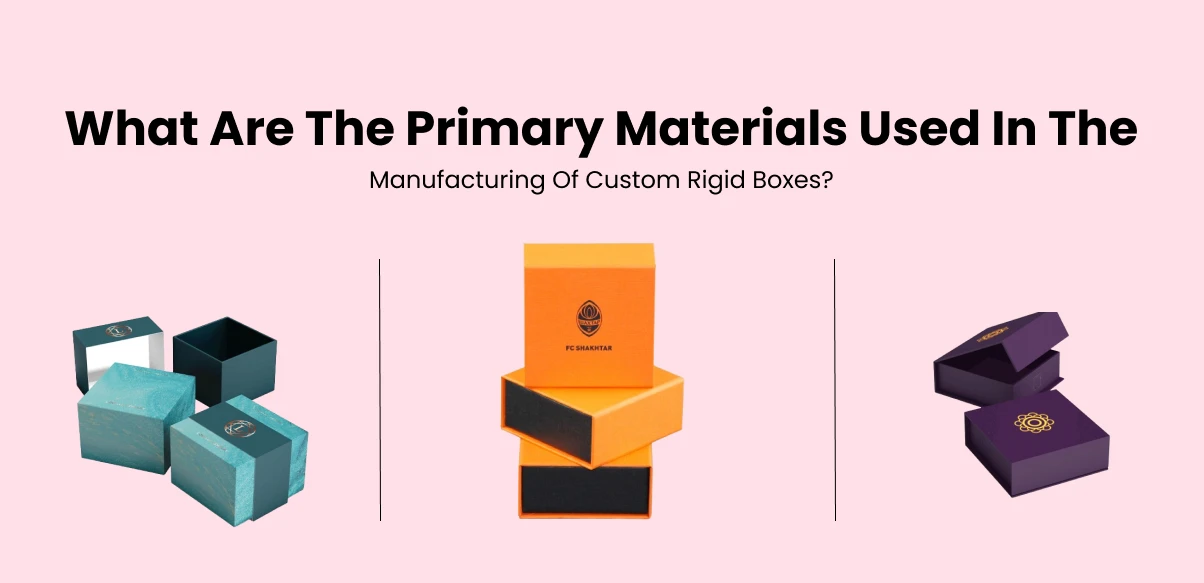Brands and businesses prioritize custom rigid boxes since they provide a one-stop solution for enhancing the presentation of luxury and high-end products. These boxes are designed to offer both aesthetics and structure to the product. Custom personalized rigid packaging boxes are manufactured after carefully considering, selecting, and utilizing different materials to achieve quality, visual appeal, durability, and credibility. This article will explore the different types of materials used to manufacture rigid boxes.
PAPERBOARD AND CARDBOARD:
Paperboard and cardboard are among the cheapest and most often used primary materials in making custom rigid boxes. They are used to make the bottom base of the custom rigid boxes. Paperboard comes in different thicknesses and densities, which gives manufacturers the freedom to tailor and fit any rigid box as per brand requirements. On the other hand, cardboard is heavier and denser than paper, and it’s used for delicate or more extensive products to provide enhanced protection. Custom rigid boxes from paperboard or cardboard provide strength, flexibility, and a sturdy box structure that can hold any product during shipment and deliveries.
GREY BOARD:
Greyboard is another primary material used in manufacturing custom rigid boxes; it’s also known as chipboard or binders’ board. Greyboard is a stiffer and thicker type of paperboard. It provides excellent rigidity and structure to ensure the base of a custom rigid box keeps its shape when subjected to pressure during transportation.
COVERING MATERIALS:
Custom rigid boxes are generally covered with different materials to enhance their luxury appearance and make them more durable. Covering materials include specialty paper-like texture and patterned or coated paper, commonly used to wrap the exterior of a box, adding extra details like elegance and sophistication. Other covering materials, including silk, vinyl, and leather, are also used to elevate the visual appeal of the box.
ADHESIVES:
Adhesives are one of the primary materials used in manufacturing custom rigid boxes. Adhesives are binding materials used for bonding various components of the rigid box together; they play an important role in adding strength and stability to the box at places like seamy corners and edges to maintain the box shape. Manufacturers select adhesives while manufacturing a custom rigid box based on factors like bonding strength, compatibility with the chosen materials, and resistance to environmental conditions.
FOAM INSERTS:
Custom rigid boxes may use materials like foam inserted to protect the packaged item during transportation. Foam inserts are custom designed to fit the specific shape and size of the product, providing cushioning and preventing movement or damage during handling and shipping.
CONCLUSION:
The choice of materials for a custom rigid box depends on specific requirements and brand aesthetics. Many cost-effective materials are available that provide fictional packing with added stability and a luxurious appearance to enhance the user experience.
Ready to step up your packaging game with custom rigid boxes? Contact Custom Luxury Boxes today to explore our range of premium packaging solutions. Let us bring your vision to life and provide your products with the presentation they deserve.

